Our army's two attacks in Dien Bien Phu (phase 1 from March 13 to 17, 1954, phase 2 from March 30 to April 30, 1954) caused heavy losses to the enemy. The French Commands in Indochina, in the North and in Dien Bien Phu blamed each other. Immediately after the defeat in the first days, Commander-in-Chief Navarre bitterly said: "...If we thought we could win the Dien Bien Phu battle, then after the disastrous days (March 14 and 15), all chances for success were gone."
“ De Castries wavered and fell into the Viet Minh's trap ”
At 5:05 p.m. on March 13, 1954, our troops opened fire and quickly destroyed the Him Lam stronghold. The victory of the Him Lam battle showed the progress in our troops' offensive tactics. One reason why the Vietnamese troops won the opening battle of the Campaign Dien Bien Phu and the new point in the campaign was the role of artillery. The power and effectiveness of the artillery bombardments caused the French artillery to be destroyed and controlled. General Yves Gra wrote: “The battle began with the appearance of Viet Minh artillery and this caused a real tactical surprise… Viet Minh artillery was deployed in separate pieces along the eastern slope of the basin… That dispersion avoided counter-battery and attacks by the French air force. Viet Minh artillery fired by direct fire and could fire in a certain density… French artillery was easily destroyed by direct shots from the mountains”[1].

After the attack ended Him Lam, on the morning of March 14, 1954, the Dien Bien Phu Campaign Command informed the French side to go to the battlefield to help the wounded and collect the dead French soldiers, showing goodwill and humanitarian policy in the war. The command of the stronghold group, after consulting with General Cogny, organized to collect the wounded and dead soldiers. Commander-in-Chief Navarre expressed his displeasure at this when he thought that De Castries had wavered and fallen for the Viet Minh's trick: “The situation is very serious. The failure to assemble the counterattack battalions (to retake Him Lam) proves not only our lack of preparedness - which I could not have expected - but also our alarming lack of responsiveness. Accepting a temporary ceasefire (to retrieve the wounded) is even more serious... If General Giap had proposed that, there must have been a reason, the main one being to prevent us from counterattacking Beatrice (Him Lam), which he was worried about. There is no doubt that not only the Command of the stronghold group but also the Command in Hanoi (led by Cogny) had wavered”[2].
“All chances of success are gone”
Following the Him Lam base cluster, on the night of March 15, 1954, our troops organized an attack on the Doc Lap (Gabrien) hill base cluster after the Artillery Corps had fired intensively at the units in the base cluster. This was a base cluster guarded by Battalion 5, Algerian Infantry Regiment No. 7 (5e/7 RTA) consisting of 4 companies, with two complete defensive lines, solid fortifications, 4km north of Muong Thanh center. Artillery fired from Muong Thanh center to divide the Vietnamese troops' attack formation, while De Castries mobilized the 5th Airborne Battalion, which had just arrived in Dien Bien Phu less than a day ago, along with 6 tanks to rescue Gabrien. However, with overwhelming force, appropriate fighting methods and high determination, after more than 3 hours of attack, our troops completely controlled the Doc Lap Hill base cluster, capturing many prisoners of war.
Commander-in-Chief Navarre admitted: “The loss of the two outer strongholds had very serious consequences. The North and Northeast of the stronghold were exposed and the enemy could bring a part of the artillery closer. We suffered heavy losses and consumed a large amount of ammunition. The reserve was greatly reduced and needed some time to replenish. If we thought we could win the Dien Bien Phu battle, then after the disastrous days (March 14 and 15), all chances of success were gone”[3].
The French command in Indochina, in the North and in Dien Bien Phu blamed each other. General Cogny suggested to Navarre that Colonel De Castries should be replaced. Commander-in-Chief Navarre believed that Cogny, De Castries, Lieutenant Colonel Langlais, De Castries' deputy, who was assigned to command the reserve units and organize the counterattack, and who took command of the central sector in place of Colonel Gaucher who had died the day before, were all responsible for the two recent heavy defeats. However, Navarre decided not to replace other officers in the positions of the three above-mentioned people, but only asked Nava's deputy, General Bodet, and General Dechaux, commander of the French air force in the North, to increase monitoring and inspection of General Cogny's activities when Navarre was absent from Hanoi.
One of the events that caused surprise and confusion among the officers and soldiers defending the stronghold was the suicide of Colonel Piroth, the artillery commander of the stronghold, in the command bunker with a grenade on March 16, 1954. Before the battle at Him Lam, Piroth had boldly declared that he would "silence the Viet Minh artillery after just a few minutes of firing". However, the French losses, especially the artillery after the two battles of Him Lam and Doc Lap, made Piroth completely desperate and led to the above result. The desertion situation occurred in the North African units, Bao Dai's army and Thai soldiers, causing confusion for the garrison units.
Strangled like an insect in a spider web
The enemy's defeat in the first phase of the campaign was very heavy. It was not only reflected in the number of enemies killed, the number of enemy positions destroyed and captured by us, the number of enemy weapons and war equipment lost, the morale of enemy officers and soldiers was strongly affected, but also proved that the tactic of defending the stronghold group - a strategic solution of the enemy to deal with the large-scale attack of our main force - was ineffective. The strongest resistance centers could not stand firm against the attacks. The counterattacking forces could not regain the lost positions. The enemy's artillery proved powerless against our artillery. In particular, the stronghold group's support, the airport, was seriously threatened. Later, through the memoirs of a number of French generals, they were surprised by the rapid collapse of the two strongest centers of the stronghold group.

Langlais wrote: “For some unknown reason, the outlying bases of Beatrice and Gabrien were destroyed within 6-12 hours. These bases were protected by a wide defensive strip, well organized with barrage fire, held by well-trained units and perfectly commanded.” From French Prime Minister Lanien to generals Navarre and Cogny, everyone turned to “a deeply pessimistic attitude.” Navarre complained that: “Our losses were heavy and we had wasted a huge amount of weapons; our reserves were very low, and it would take a long time to replenish them.” General Cogny confessed to some journalists: “Dien Bien Phu was indeed a trap, but not a trap for the Viet Minh anymore, but a trap for us”[4].
On our side, with great determination to overcome all difficulties and hardships, the troops dug hundreds of kilometers of trenches along with thousands of fortifications and tens of thousands of gun emplacements of all kinds, forming a complete system of attack positions, encircling from the regiment to the detachment, completely surrounding the enemy's central position. General Navarre admitted: “The attack on the transportation system, from the beginning to the end of the battle, brought extremely disappointing results because the Viet Minh organized well the restoration of the severed roads and quickly repaired the sections of road that had just been attacked. We could not stop the Viet Minh combat troops from deploying around Dien Bien Phu. All we could do was slow them down. We also could not prevent the steady increase in their support capabilities”[5].
On the afternoon of March 30, 1954, the second attack on the stronghold began. Referring to the tactics used by the Vietnamese Army in the second phase, General Yves Gra wrote: “During this period, Mr. Giap did not advocate launching large-scale attacks that consumed a lot of people and ammunition. He carried out the attrition of the enemy by harassing and capturing each peripheral stronghold in turn, in order to tighten the siege of the central area. He used the “encirclement” method instead of the method of massive shock attacks from short distances. That method was to surround the attacked stronghold with a system of trenches, eventually completely wrapping around the stronghold, like a spider catching insects in a spider web. Thus, the position became isolated, blockaded and quickly suffocated due to lack of ammunition, food and especially lack of water”[6].
TRUONG MAI HUONG-NGUYEN VAN DUYEN
[1] Yvonne Gra, History of the Indochina War 1945-1954 , Plon Publishing House, Paris, 1979, pp.969-970.
[2] Henri Navarre, The Time of Truth , ibid, p.205
[3] Henri Navarre, The Time of Truth , ibid., p.208.
[4] General Vo Nguyen Giap, Dien Bien Phu historical meeting place (memoirs), People's Army Publishing House, Hanoi, 2000, p.240.
[5] Henri Navarre, Dying Indochina , People's Police Publishing House, Hanoi, 2004, p.319.
[6] Yvonne Gra, History of the Indochina War , ibid, p.984.
Source


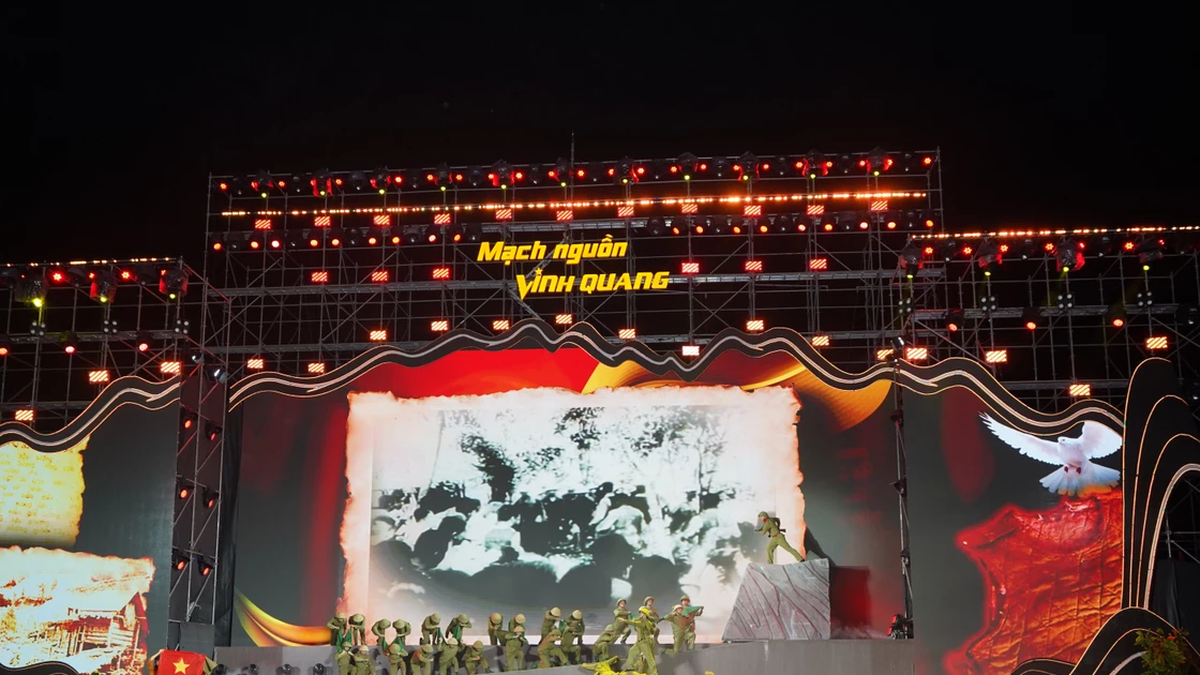
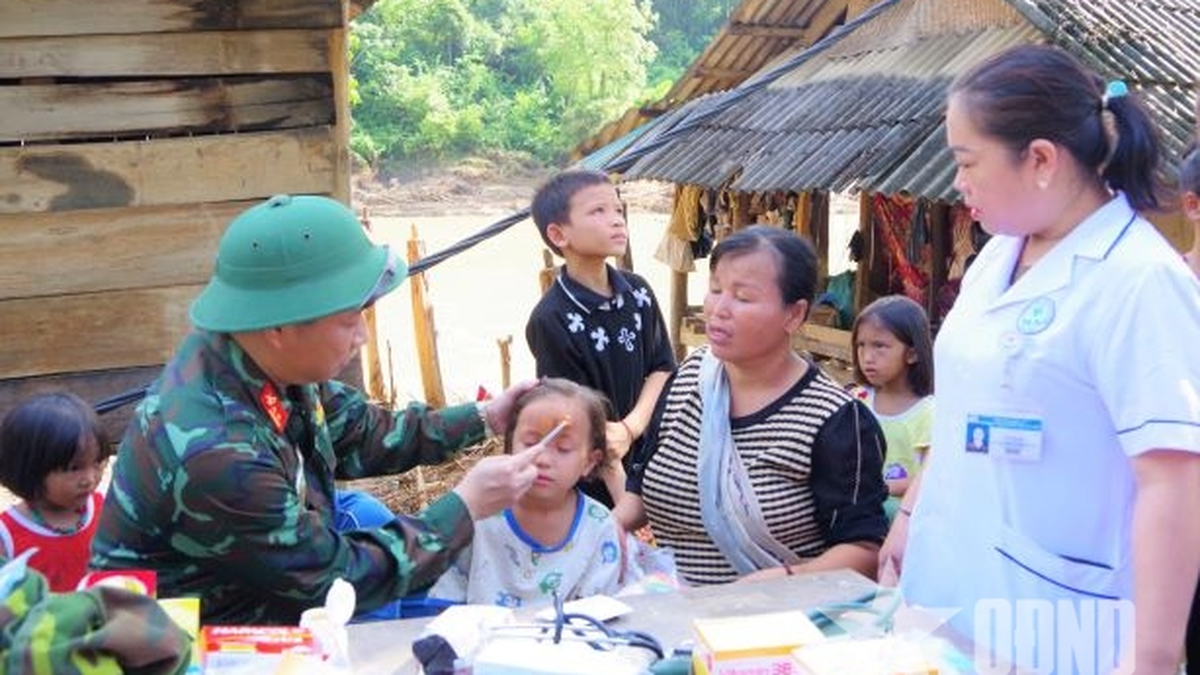

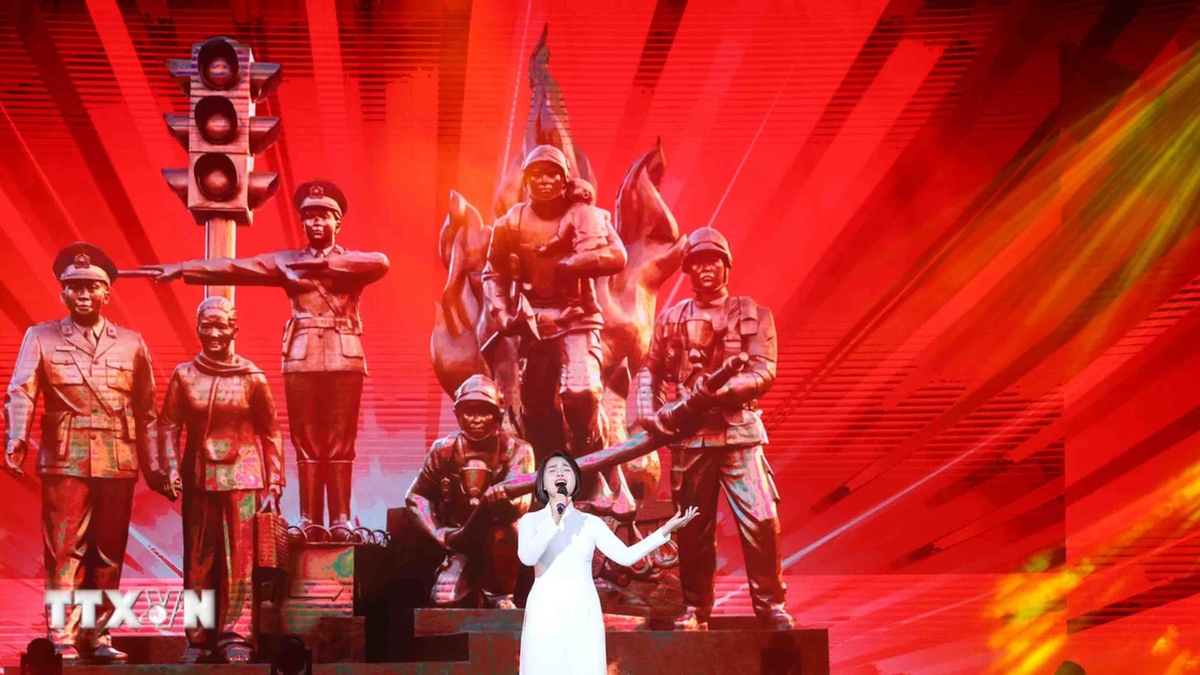
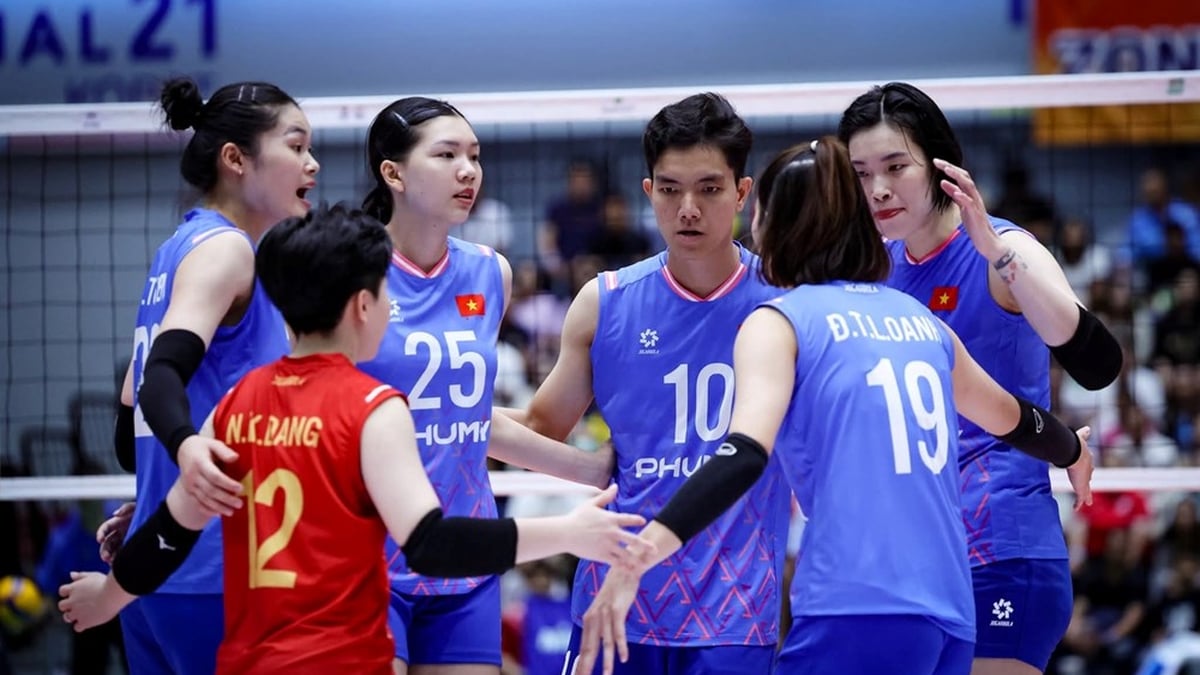

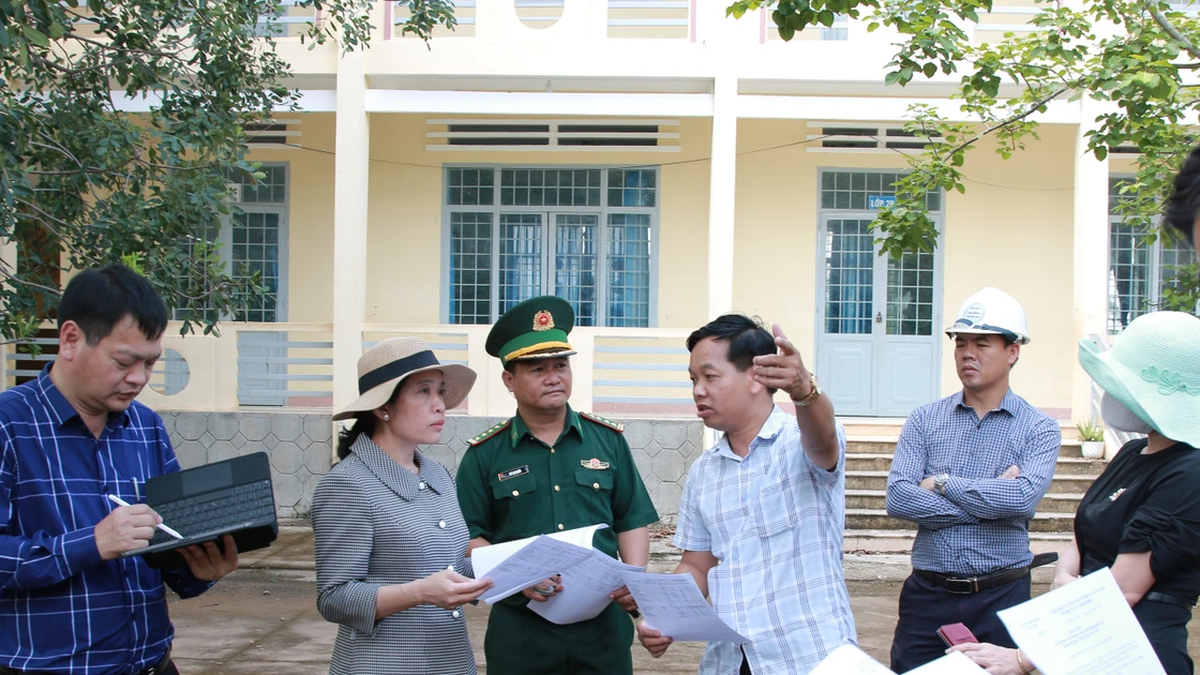
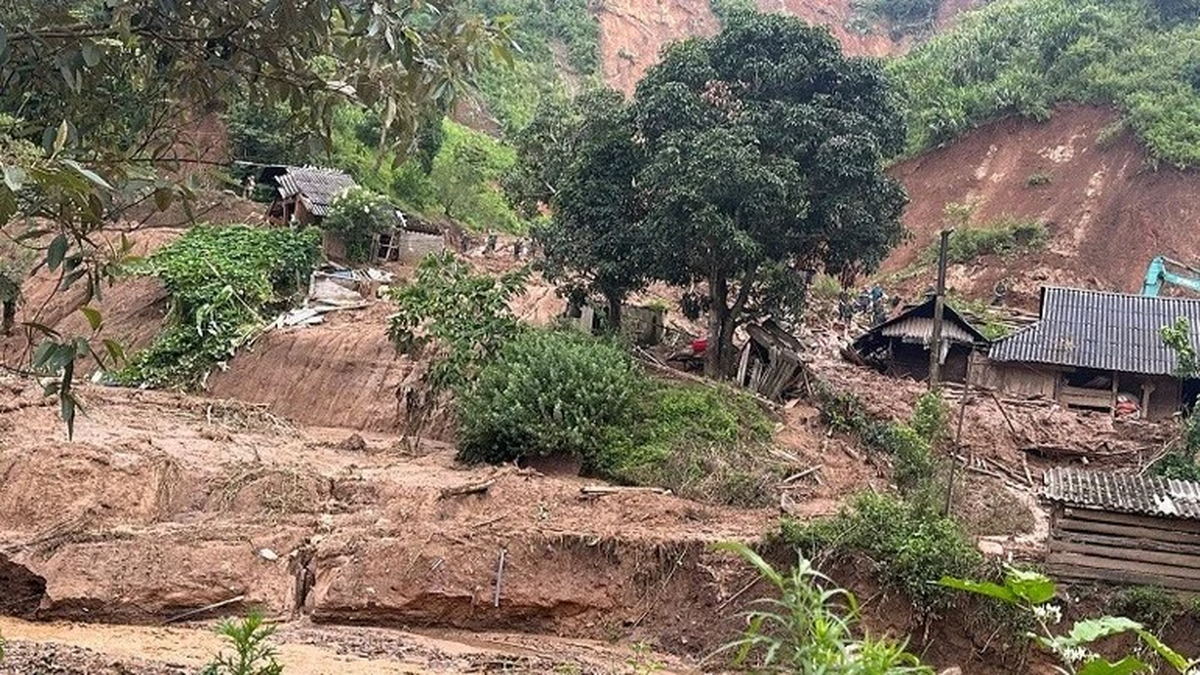

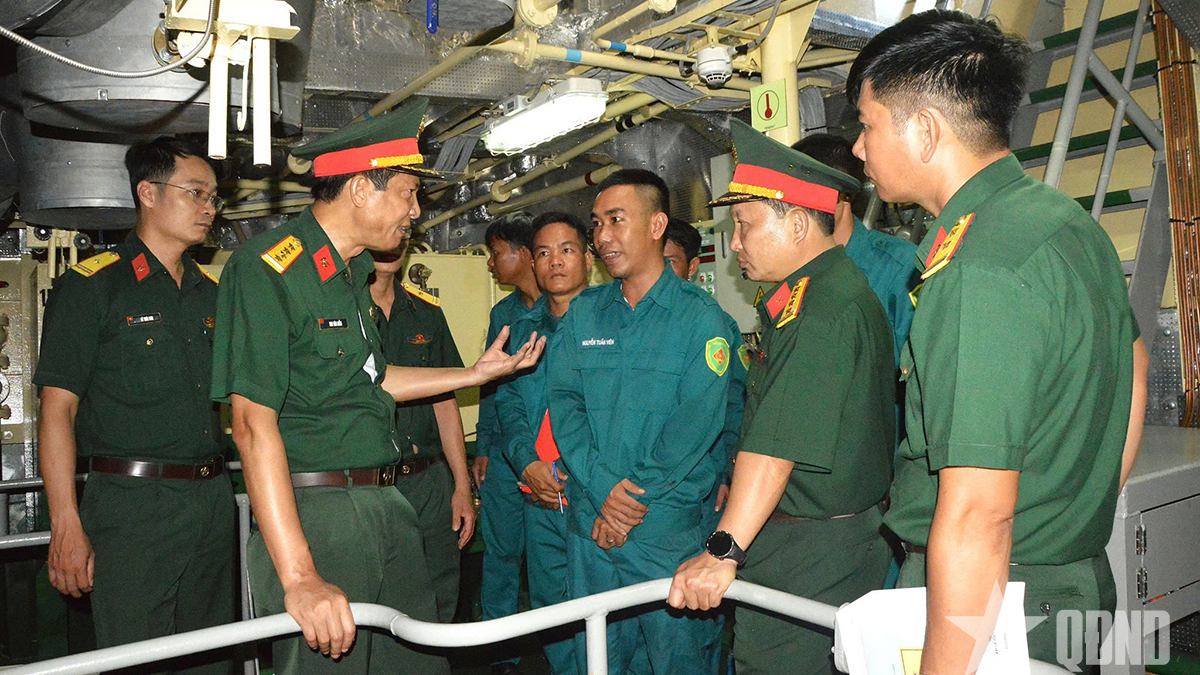


















































































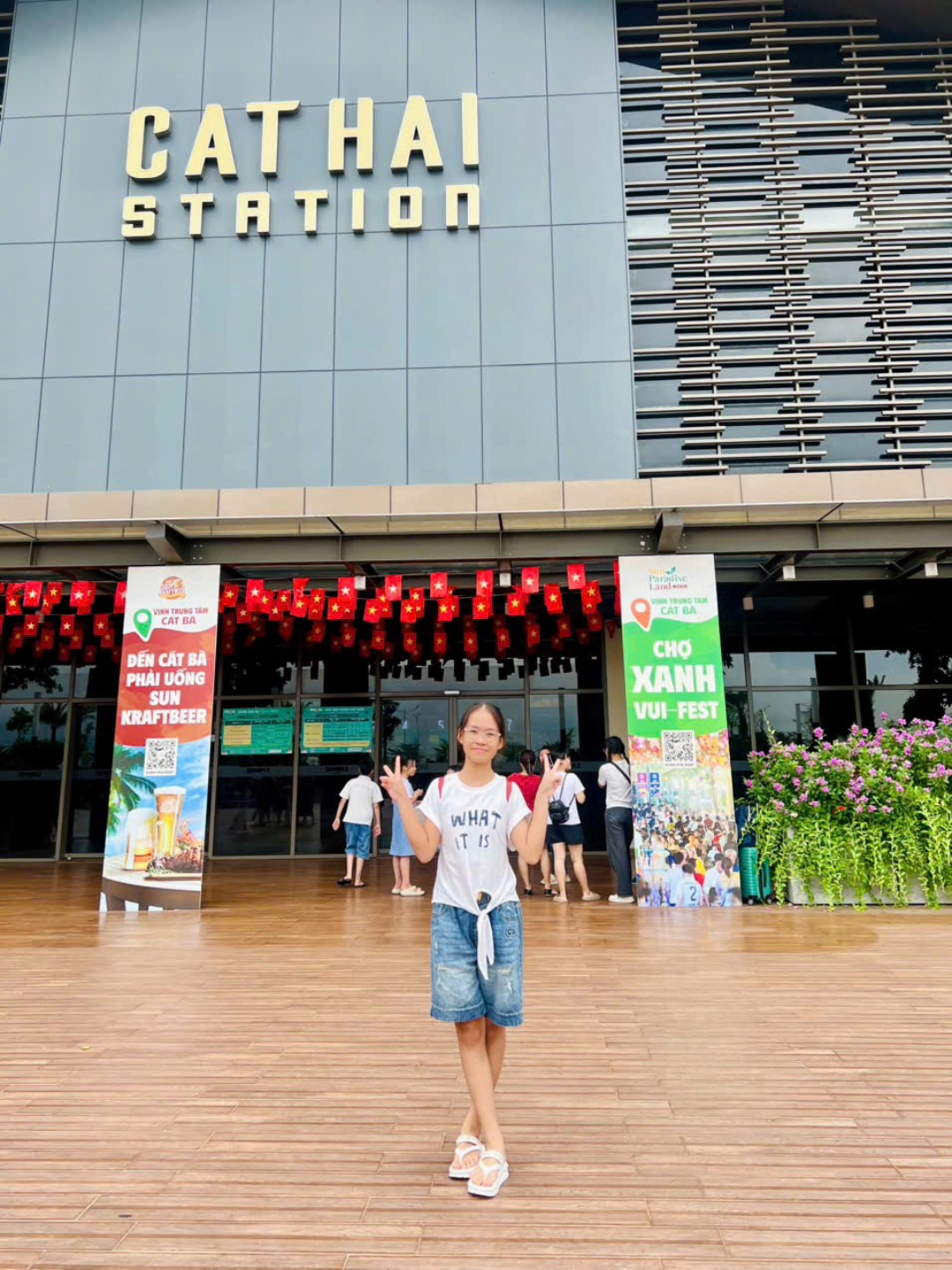



Comment (0)